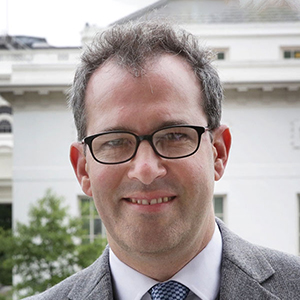Abstract
Defaults have been shown to have a powerful effect on retirement saving behavior yet there is limited research on who is most affected by defaults and whether this varies based on features of the choice environment. Using administrative data on employer-sponsored retirement accounts linked to survey data, we estimate the relationship between retirement saving choices and individual characteristics – long-term discounting, present bias, financial literacy, and exponential-growth bias – under two distinct choice environments: an opt-in regime and an auto-enrollment regime. Consistent with our conceptual model, we find that the determinants of following the default and contribution behavior are regime-specific. Under the opt-in regime, financial literacy plays an important role in predicting total contributions, active saving choices, and maxing out contributions in the tax-preferred account. In contrast, under the auto-enrollment regime, present bias is the most significant behavioral predictor of contribution behavior. A causal interpretation of the estimates suggests that auto-enrollment increases saving primarily among those with low financial literacy.






